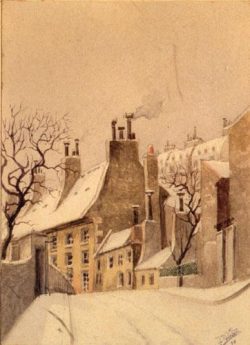The “Gobelins”
The name “Gobelins” represented many things ; an area in Paris, a tapestry workshop, but also, from the Protestant point of view, a family belonging to the Reformed faith and a place of refuge for the XVIIth century Huguenots.
The area of Bourg Saint-Marcel in Paris was associated with Jean Gobelin
Jean Gobelin, a craftsman specialising in the dyeing of scarlet cloth, settled in Paris in 1443 in the area of Saint-Marcel, near the Bièvre river. The Gobelin family founded several successful firms, together with their neighbours the Canaye family, who came from Milan. Intermarriage between the two families strengthened business ties.
They owned all the plots of land from the Rue Mouffetard (now the Avenue des Gobelins) up to the Bièvre (now the Avenue Berbier-du-Mets). At first they were dyers, but later they also wove cloth and made tapestries.
From 1559 onwards, the names Gobelin and Canaye can be found on the registers of the church in Charenton.
We do not know when the descendents of Jean Gobelin, who were related by marriage to the Canaye family, joined the Reformed Church.
In 1568, a member of the Canaye family, who had come to buy yellow and Lauragais pastel dyes, was hung in Toulouse. Another was sent to prison in Paris and died in 1572, at the time of the Saint-Bartélemy massacre.
In the Charenton church registers, baptisms and so on. were recorded in the name of Gobelin and Canaye. The families were even able to use the Protestant churchyard in the “rue des Poules” (now the “rue Laromiguière”), in the Saint-Médard region of Paris.
On 26th September 1621, the Gobelins' house became a place of refuge for Huguenots.
During the wars of religion in the reign of Louis XIII, (known as the wars of Monsieur de Rohan), the Duke of Mayenne, brother to the Duke of Guise, who was also his successor as leader of the League, was killed at the siege of Montauban. On hearing the news, a group of angry vagrants attacked some Huguenots who were returning from church in Charenton. The next day they returned to Charenton to set fire to the church. Another riot broke out in the Saint-Marcel area – four houses belonging to Huguenots in the “rue des Postes” were ransacked and there were casualties on both sides.
The governor of Paris, the Duke of Montbazon, went to the place where the riot had broken out to try and re-establish order. To protect the Gobelins’ house and contents, he stationed 50 archers from the town of Paris as guards. Indeed, it is said that “a large number of people belonging to the Reformed Church had taken refuge in this house”.
In 1601, at Henri IV’s request, the tapestry workshops expanded with the arrival of two Flemish tapestry makers, François de la Planche and Marc de Comans, who were friends but also relatives of the Gobelin family. As their names were recorded in the Charenton church registers, they were probably members of the Reformed Church. They created the first royal tapestry workshop, which Colbert bought in 1662 and which became a celebrated tapestry and upholstery workshop to the Crown, now called the Gobelin tapestry workshop.
There is no trace of the Gobelin family today. All we know is that after the Revocation, a man called Gobelin was sent to the Bastille because he refused to renounce his faith. Sadly, all that remains now to remind us of the Gobelin family are the tapestry workshop buildings and the area of Paris which bears their name.
The “Gobelins”
Les Gobelins
Bibliography
- Books
- LANGLOIS Gilles-Antoine, Le 13e arrondissement, une ville dans Paris, Délégation à l'action artistique de la ville de Paris, 1993
- Articles
- LACORDAIRE Antoine Louis, "Les Gobelins", Bulletin de la SHPF, SHPF, Paris, 1855, Tome 4, p. 500
Associated notes
-
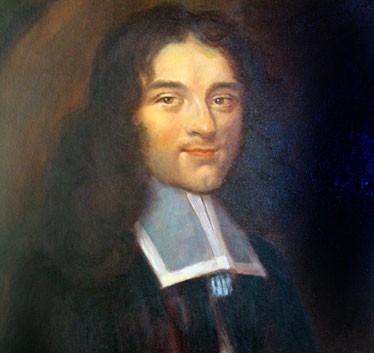
Pierre Bayle (1647-1706)
Pierre Bayle can be seen as a forerunner of the Age of Enlightenment because the concept of tolerance was of great importance to him and, a true scholar, he specialized... -
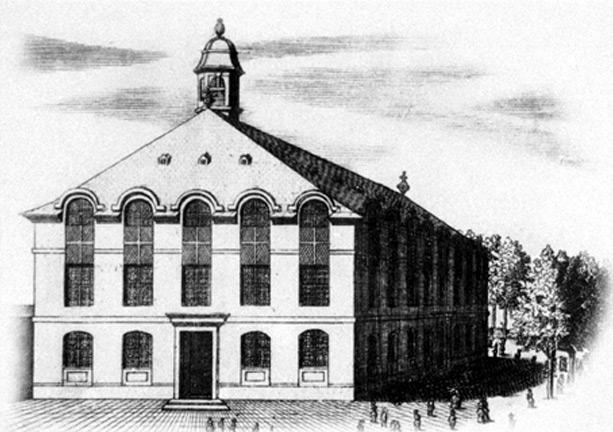
Charenton (Val-de-Marne)
This was one of the major works of Salomon de Brosse, the architect who designed the Palais du Luxembourg (Senate) for Marie de Médicis (1623). -
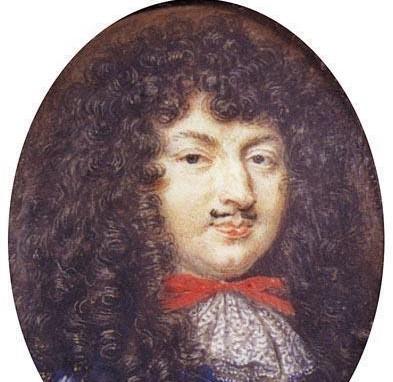
Samuel Bernard (1615-1687)
Samuel Bernard came from a Reformed Church family and was a key member of the group of Protestant artists who contributed so much to the XVIIth century. He recanted after... -
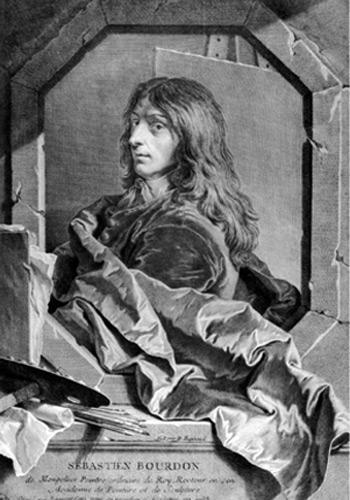
Sébastien Bourdon (1616-1671)
Sébastien Bourdon is the most well known of the Protestant painters of the XVIIth century. He started life in Montpellier and later moved to Paris, where he received some major... -
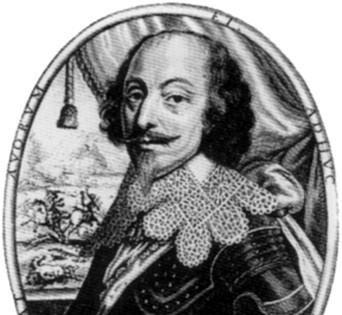
The last religious wars (1621-1629)
Under Louis XIII, in the wake of the Béarn case, the Protestants rebelled against the king. After their defeat, they lost their political assemblies and their strongholds and as a... -
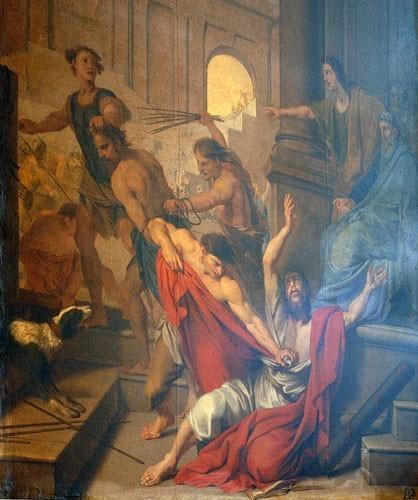
Louis Testelin (1615-1655)
At the time Louis Testelin was an artist, belonging to the Reformed Church did not prevent one from having a brilliant career. -
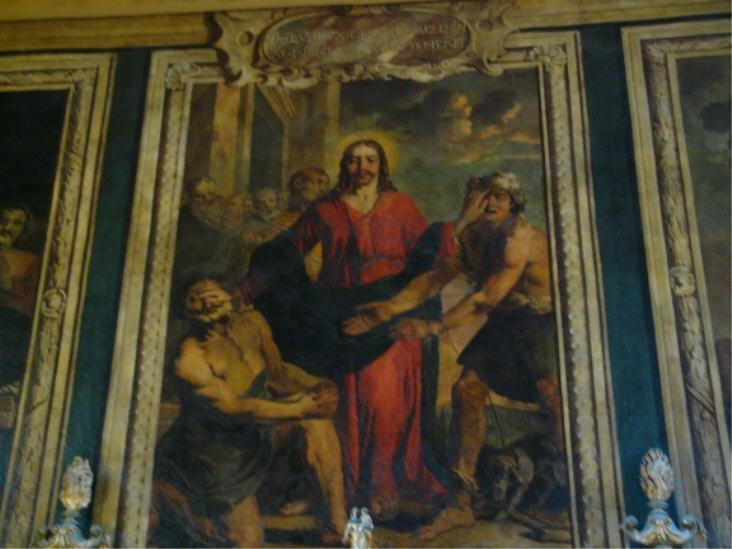
Isaac Moillon (1614-1673)
Isaac Moillon belonged to a large family of Protestant painters in Paris – they worked in Saint-Germain-des-Prés.

